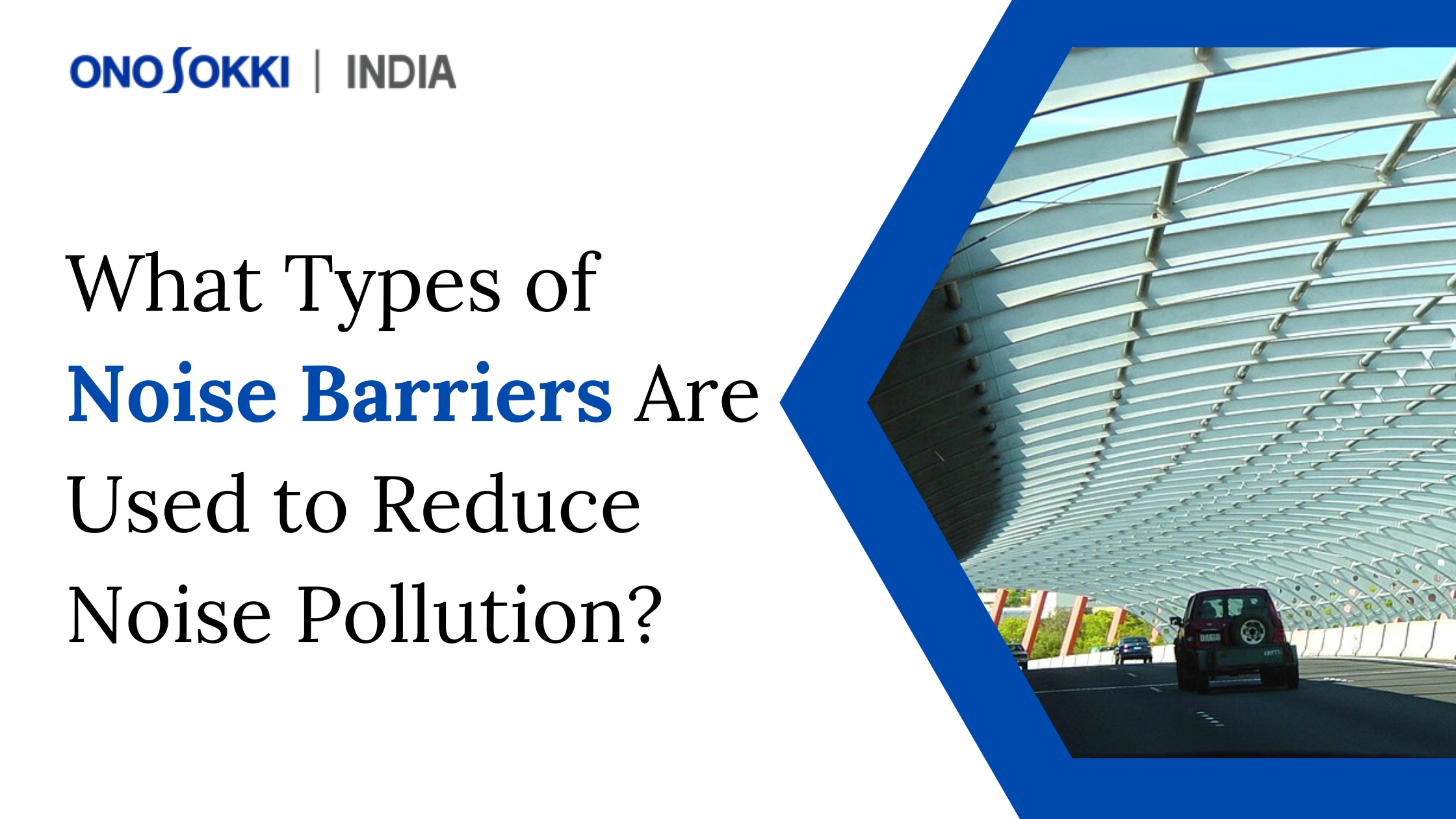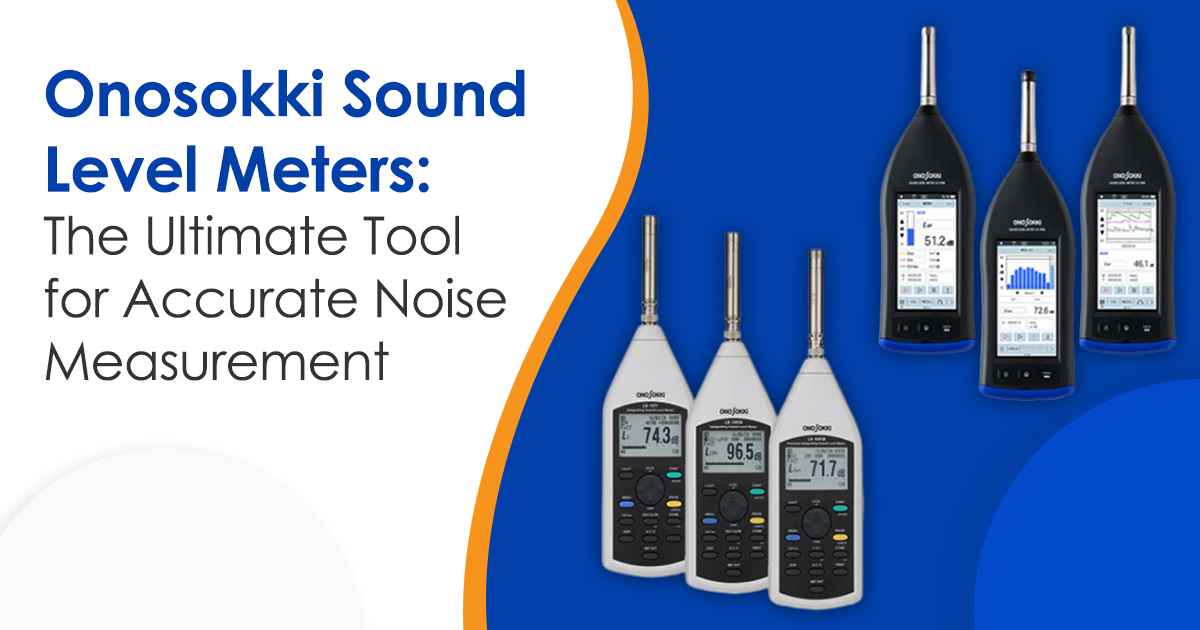



In our modern world, noise pollution is becoming an increasingly pervasive issue. Whether living in bustling cities or working in noisy industrial environments, excessive noise can negatively affect our physical and mental well-being. To tackle this problem, measuring and monitoring noise levels in different settings is important. That’s where sound level meters come
in; these innovative devices are the ultimate tool for accurately measuring and analyzing noise levels in various contexts.
In this blog, we’ll explore sound level meters, how they work, and why they’re essential for accurate noise measurement. This guide will help you learn about sound level meters and how to use them, whether you are a professional acoustics, a building manager, or someone who wants to understand and reduce noise pollution.
A sound level meter is a device used to measure sound pressure levels in decibels (dB). It is used in many different industries and settings to measure and keep an eye on noise levels. A typical sound level meter has a microphone, an amplifier, and a frequency filter. These parts work together to measure how loud sound waves are in a certain place. The results are displayed on a digital screen, usually in units of dB, and can be used to assess compliance with noise regulations or identify sources of excessive noise.
Sound level meters are important tools for a wide range of uses, from measuring noise in factories to measuring noise in the environment. They are often used in workplaces to ensure noise exposure limits are met and in public places to monitor noise levels and find possible noise pollution problems. Sound level meters are also used in building acoustics, where they can be used to measure sound transmission through walls and floors, as well as in audio engineering, where they are used to calibrate sound systems and measure the acoustic characteristics of rooms. Overall, sound level meters are a key part f making places safer and healthier by helping to find and reduce high levels of noise.
There are two main types of sound level meters: Class 1 and Class 2.
In conclusion, sound level meters are an important tool for accurately measuring noise levels in different places, whether for industrial, environmental, or occupational reasons. Modern sound level meters have become more complex as technology has grown. They now give users a lot of information and features to help them find and fix noise problems.
When picking a sound level meter, it’s important to think about things like how accurate it is, how reliable it is, and how easy it is to use. One reputable company that offers high-quality sound level meters is Ono Sokki. Ono Sokki has established a reputation for producing reliable and accurate sound level meters that meet the needs of a wide range of applications. Their sound level meters are widely used in industries such as automotive, aerospace, and manufacturing, as well as in research and educational institutions. Sound level meters are critical tools for anyone who needs to accurately measure and monitor noise levels.